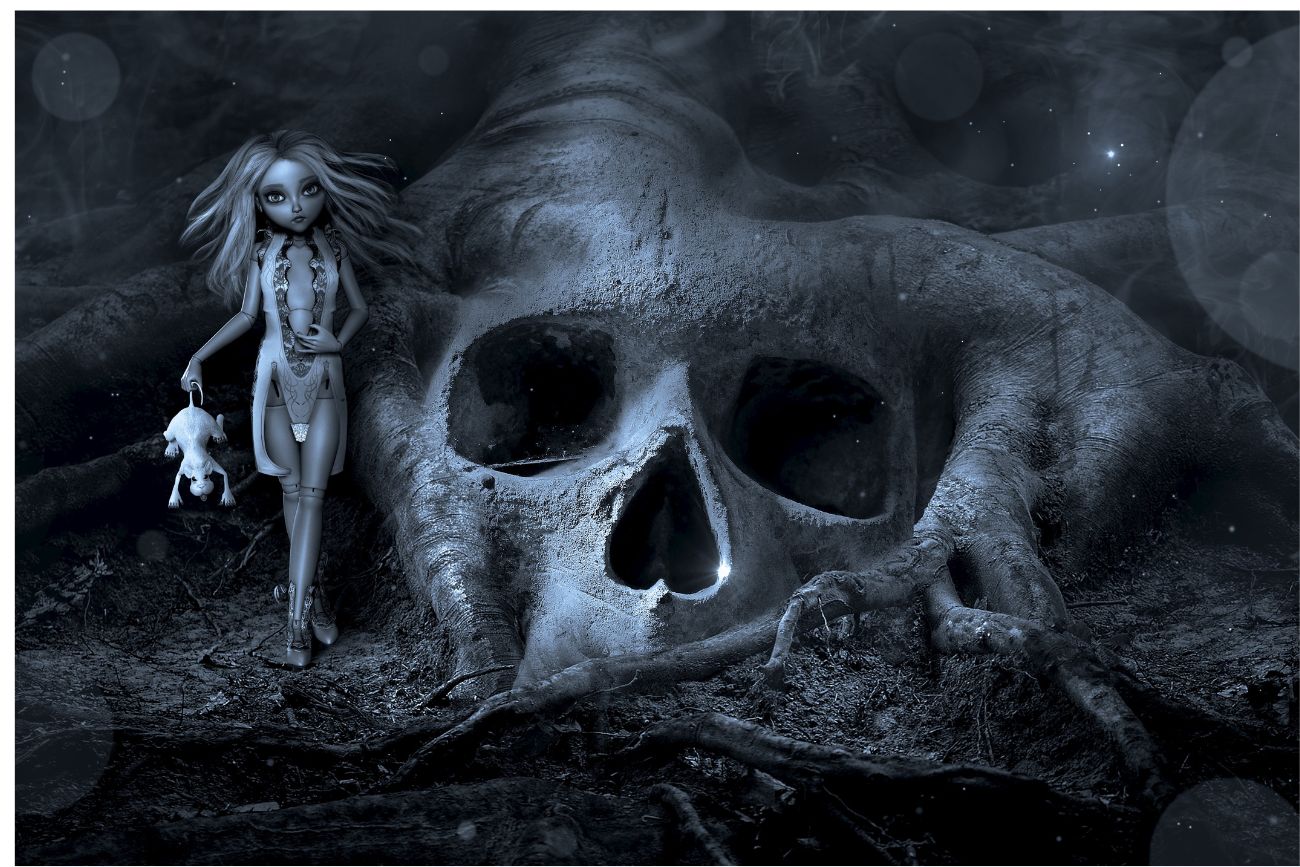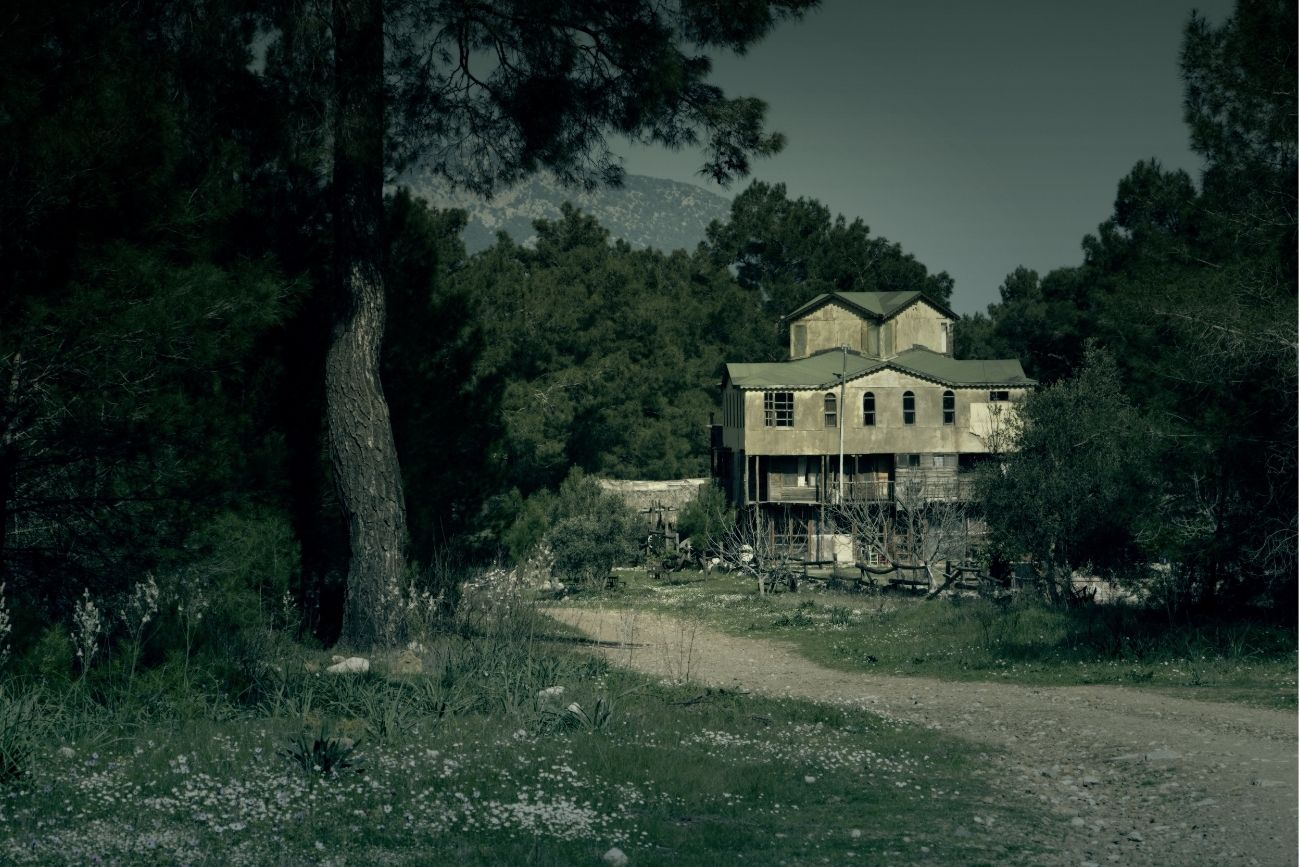
7 Descriptive Adjectives for Horror Atmospheres in Spanish
Peninsular Spanish has a wide range of descriptive adjectives for horror that can add intensity and suspense to terrifying scenes. From words like “sombrío” (gloomy) to “desgarrador” (heart-wrenching), these adjectives help to build the eerie atmospheres essential to horror and suspense. For those who enjoy Spanish horror literature or want to create their own frightening tales, learning these adjectives is key to capturing the dark tones and chilling environments that make horror stories memorable.
In this article, we’ll explore seven powerful descriptive adjectives for horror in Spanish that can evoke chilling, mysterious settings. With examples for each adjective, you’ll learn how to use these words to create atmospheres that draw readers into a world of terror.
1. What Are Descriptive Adjectives for Horror in Spanish?
Using descriptive adjectives for horror in Spanish adds depth and vividness to horror narratives. Each adjective brings a unique tone, helping to set scenes and shape the reader’s emotional response. Whether you’re writing or reading horror, adjectives like “sombrío” or “macabro” (macabre) bring a powerful sense of dread, suspense, or horror to the story, creating a dark allure that keeps readers hooked.
2. How to Use “Sombrío” for a Gloomy Horror Atmosphere
“Sombrío” is commonly used to describe dark and shadowy settings that hold mystery and unease. In horror contexts, sombrío suggests an ominous, dimly lit environment, giving readers a sense that something disturbing may be hidden within the darkness.
Example:
“El bosque se veía sombrío bajo la luz tenue de la luna.”
(“The forest looked gloomy under the dim moonlight.”)
Sombrío creates a setting where danger seems to lurk in every shadow, enhancing the reader’s anticipation. It’s perfect for describing settings like forests or abandoned houses where shadows and darkness contribute to the overall tension.
3. Creating Suspense with the Sinister “Tenebroso”
“Tenebroso” is a powerful descriptive adjective for horror in Spanish that implies something dark, threatening, and often evil. It’s used to describe places or people that instantly make others feel uncomfortable or fearful, as if something terrible is about to happen.
Example:
“La mansión abandonada tenía un aspecto tenebroso que ponía los pelos de punta.”
(“The abandoned mansion had a sinister appearance that made one’s skin crawl.”)
This adjective is ideal for conveying an immediate sense of fear. It allows the writer to create a setting or character that feels undeniably dangerous and makes the reader instinctively wary.
4. Using “Desgarrador” to Evoke Horror and Heart-Wrenching Emotion
“Desgarrador” typically describes something that causes intense pain or deep sadness. In horror, desgarrador effectively conveys the emotional horror of a scream or a sight that evokes raw fear or sympathy.
Example:
“Se escuchó un grito desgarrador que resonó por toda la casa.”
(“A heart-wrenching scream echoed throughout the house.”)
This adjective adds an emotional layer to the horror, allowing readers to feel the intense distress of a character. Whether it’s a sound, a visual, or an atmosphere, desgarrador creates a more immersive and terrifying experience.
Ready to dive into the dark tales and chilling culture of Spain?
5. Adding Macabre Elements with “Macabro” in Horror
“Macabro” is one of the most effective descriptive adjectives for horror in Spanish when depicting scenes related to death or the grotesque. Macabro suggests a dark, often grisly presence, such as symbols of death, decay, or the supernatural.
Example:
“Encontraron una escena macabra en el sótano, llena de símbolos extraños y velas derretidas.”
(“They found a macabre scene in the basement, filled with strange symbols and melted candles.”)
This adjective works well to describe disturbing scenes that leave readers unsettled. Macabro implies a sinister background, perfect for horror settings that need an atmosphere filled with dark rituals or eerie omens.
6. The Chilling Power of “Escalofriante” in Descriptive Horror
“Escalofriante” means “chilling” and is ideal for describing something that causes an immediate shiver, either from fear or shock. In horror stories, escalofriante works well for detailing moments, sounds, or visuals that linger in the reader’s mind.
Example:
“El silencio en el cementerio era escalofriante.”
(“The silence in the cemetery was chilling.”)
This adjective is useful for describing otherwise ordinary settings that suddenly feel terrifying. Escalofriante helps create a sense of foreboding, making the reader feel as if something frightening is just out of view.
7. “Siniestro” and Other Eerie Adjectives for Horror
“Siniestro” conveys a sense of malice or hidden danger, making it an effective descriptive adjective for horror in Spanish. It describes places, objects, or people that evoke distrust or fear, giving the impression that something is dangerously wrong.
Example:
“Había algo siniestro en los ojos de la figura que se veía a lo lejos.”
(“There was something eerie in the eyes of the figure seen in the distance.”)
This adjective is perfect for describing characters or places that seem threatening without needing to explain why. Siniestro builds suspense by hinting that something bad is about to happen, keeping readers on edge.
8. Setting a Dark Scene with the Gloomy “Tétrico”
“Tétrico” describes a dark, depressing, or dismal atmosphere, ideal for horror scenes that evoke sadness and fear. It’s often used to describe isolated or decayed places that weigh heavily on the characters and the reader.
Example:
“Entraron a una habitación tétrica, iluminada apenas por una vela agonizante.”
(“They entered a gloomy room, barely lit by a dying candle.”)
Tétrico combines darkness with a sense of oppressive gloom, making readers feel uneasy. This adjective works well for locations like abandoned buildings or isolated rooms, where the atmosphere feels almost suffocating.
Tips for Using Descriptive Adjectives for Horror in Spanish
To create compelling horror scenes in Spanish, it’s essential to use descriptive adjectives for horror effectively. Here are some tips for maximizing the impact of these adjectives in your writing:
- Play with light and shadow: Words like “sombrío” and “tétrico” are ideal for settings where shadows dominate, adding an element of mystery and suspense. When characters are surrounded by darkness, these adjectives help build the tension by limiting what they can see.
- Use unsettling details: “Desgarrador” or “escalofriante” work well for describing sounds that feel out of place, like a scream or a sudden creak. These adjectives can make the reader feel the characters’ discomfort, making them feel as if they’re experiencing the horror firsthand.
- Describe sinister characters: Adjectives like “siniestro” and “tenebroso” are perfect for describing characters or creatures with malevolent intentions. By using these adjectives, writers can create a sense of dread around certain characters without needing to explain why.
- Create scenes that disturb: To make settings feel truly menacing, “macabro” is an excellent choice for depicting areas tied to death or the supernatural, like graveyards, dungeons, or ritual spaces. This adjective helps emphasize the macabre, unsettling readers by suggesting dark events.
Conclusion
Descriptive adjectives for horror in Spanish are invaluable tools for building terrifying scenes that captivate readers. Words like “sombrío,” “tenebroso,” and “escalofriante” allow writers to create atmospheres full of mystery, fear, and suspense. For those who read or write horror, mastering these adjectives will enhance their vocabulary and intensify the emotional impact of their stories. Using these words, you can create horror scenes that pull readers into a world where fear and darkness dominate, leaving a lasting impression.
Ready to dive into the dark tales and chilling culture of Spain?






